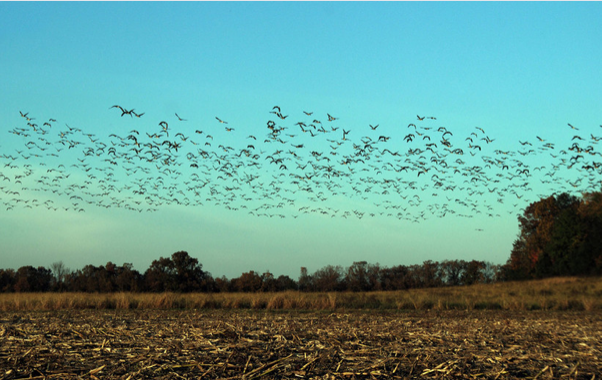I died on a warm, October Sunday afternoon in a field about a half mile from my home. A close encounter with mortality affects how one looks at life.
My friend, Keli, had invited me to go horseback riding with her in their back pasture and woods. Her husband, Jed, insisted on first giving me refresher course in riding horses. In all fairness, it had been decades since I’d been on a pony, and I’d had practically no experience with horses.
The mare they gave me knew her way around the obstacles set up in their front pasture. The difficult part was having to follow Jed’s horse as he picked up the pace on the fenced lane between the fields, on through the woods and down the steep slope of a ravine. My mare was forgiving of the clenched grip I had on her reins.
It had required intense focus, but I’d passed the refresher course. I felt relief when the horses relaxed to a slow trot and we headed toward the lane back to their log home.
That’s when I fainted for no apparent reason and fell.
My heart stopped.
Jed happened to glance back just as I was falling. He knew first aid well, and after determining I had no pulse, used CPR. When my saddled mare returned home riderless, Keli was alarmed and came running to help.

I struggled to make sense of the jigsaw images in my head―the Richland Township fire truck, the ambulance, the heart monitor, the broken ribs, my daughter Karla coming home from college to stay with me while I slipped in and out of an alternate reality for a few days. I felt very grateful to all who had helped to bring me back. There was no medical explanation for what had happened.

Ten days later, I returned to the spot where I’d fallen. A vivid memory came back to me: I was hovering a few feet above the ground, watching my body being revived.
The idea of spirit separating from the body at the end of life had been a part of my belief system since childhood. The experience of separating out for a minute or two, after which I slid back into my body again was something else.
People often talk of “spirit” as if it were simply a state of matter (i.e. spirit as the gaseous state; whereas, body is the solid state.) It made sense in a quasi-scientific way. It occurred to me that I, too, had identified myself as being the body that had been mine since birth. (Karen looks like this, moves like that, experiences this sensation, and needs food or sleep.) My body was me. Me, in solid state.

There was a subtle shift in my identity that October afternoon. I was no longer a body with a spirit. I was an embodied spirit—a spirit residing for a time in a body of clay. My body was a vehicle to move around and negotiate life on earth. But it was not me. I felt gratitude and reverence for this human body that housed me, but I also had gotten a glimpse of how the body needs a spirit to animate it, to ignite the spark of life that operates it. For me, the difference made by this shift in perspective was profound.
I’ve known people who live from this spirit-centre of their being. They may have learned how to do this through their religion or from experiences in life that have brought them to a spirit-centered path. They seem to have an inner directive that gives them the capacity to love, to forgive, to heal wounds in themselves and others, to feel the pulse of life in all nature, to do courageous acts for a higher good, to set a ripple in motion that makes the world better.

It seems that most of us stay in a perpetual state of waiting. Waiting for a future time, after which things will get better. After which relationships will heal. After which our team will finally win the pennant, or our candidate will take office, or a lottery ticket will change our lives. We’re taught to anticipate the time, perhaps even after death, when we will finally be “free” of whatever burdens or heavy path we suffer. For many, this carrot of hope carries us through dark times. But I wonder if it also puts us into a stalled mode of “longing for” rather than living fully.
When I closely identify with my body of clay in all its limitations and certain mortality, it puts me into a linear perspective whereby I am gazing back longingly on the past or hoping for the future. This mindset of “after which” seems to limit possibilities. It seems to be an incubator for fears and for a competitive struggle to gain control of imagined scarcities, whether resources or time.

If I am aware that my essence is truly spirit―unchanging, non-linear—I am as fully alive and whole as I will ever be. Spirit has the capacity to make meaningful connections with others and with the earth. No matter what our solid state of body is going through. No matter what stage of life we are in.
Where we place our identity―our centre―is a constant choice, I’ve learned. When I feel overwhelmed by limitations or feel stuck waiting for the “after which” to arrive, I try to remember that October day when I floated up and got a different perspective on my body of clay.

- Many of the autumn photos are courtesy of my husband, Paul Benedetto.
-Sculpture by Frederick Franck is in Pacem in Terris, Warwick, NY.











Comentários